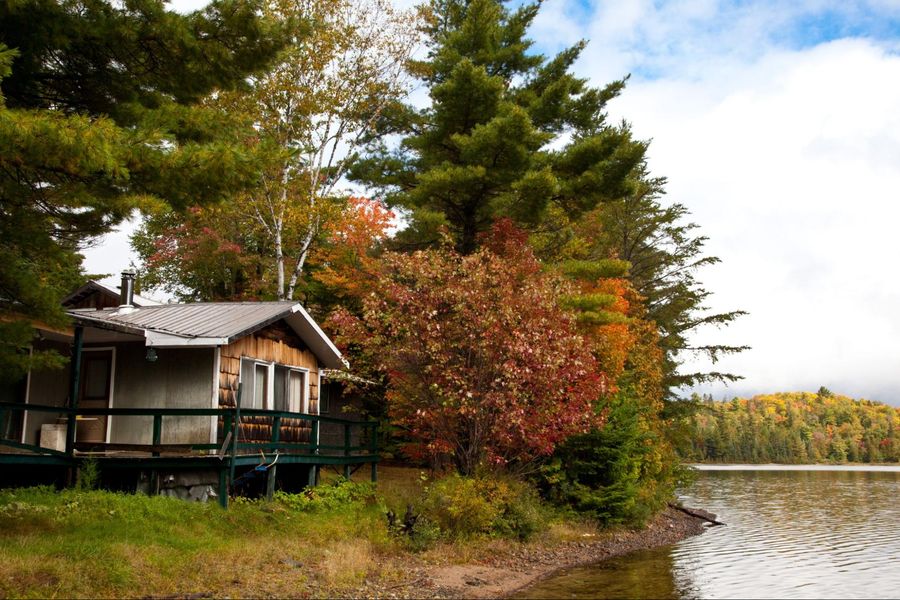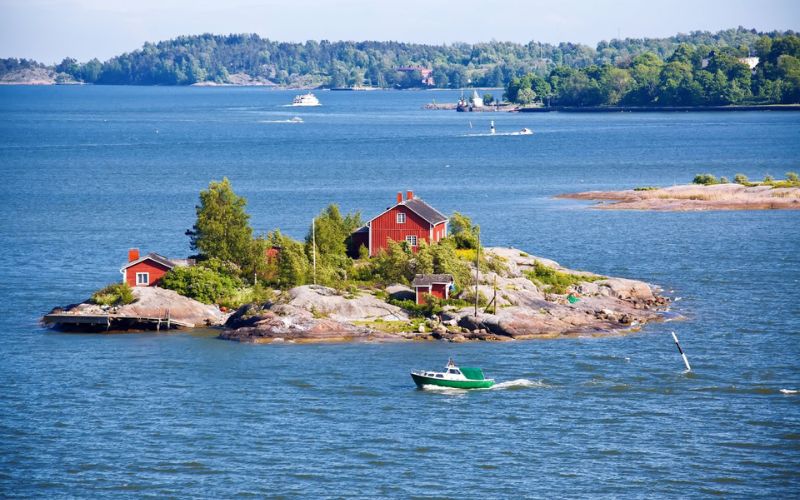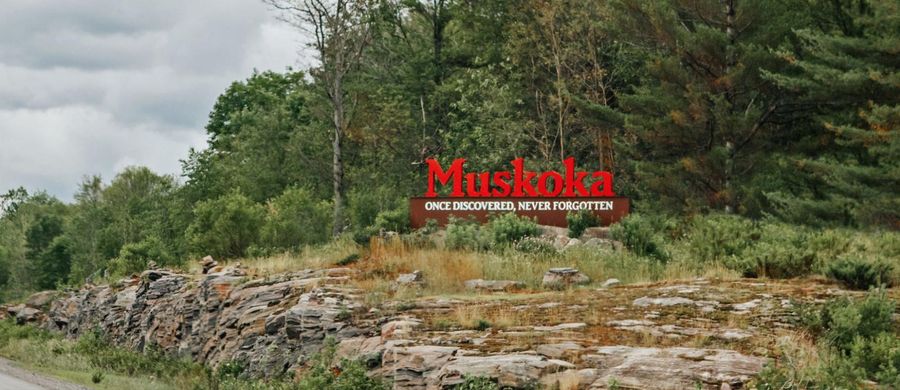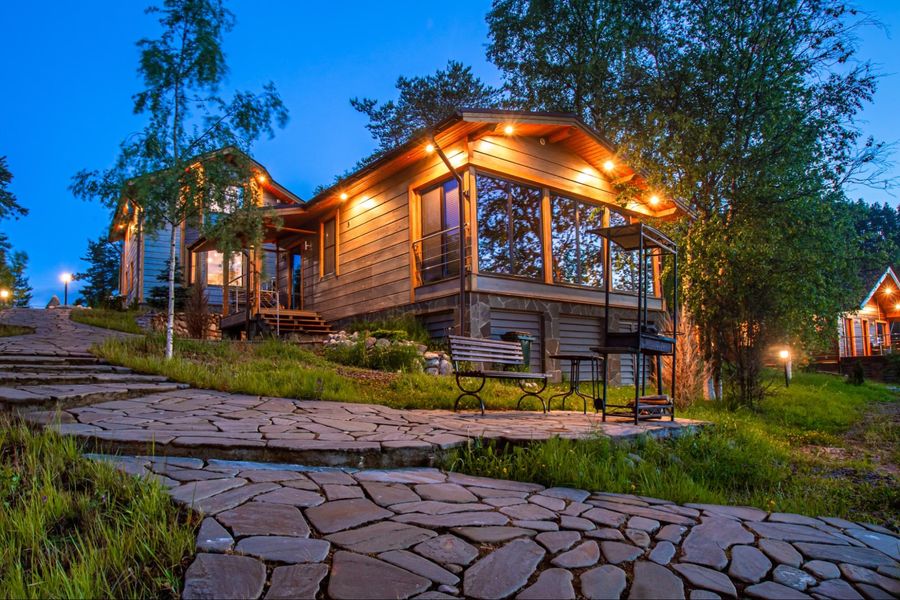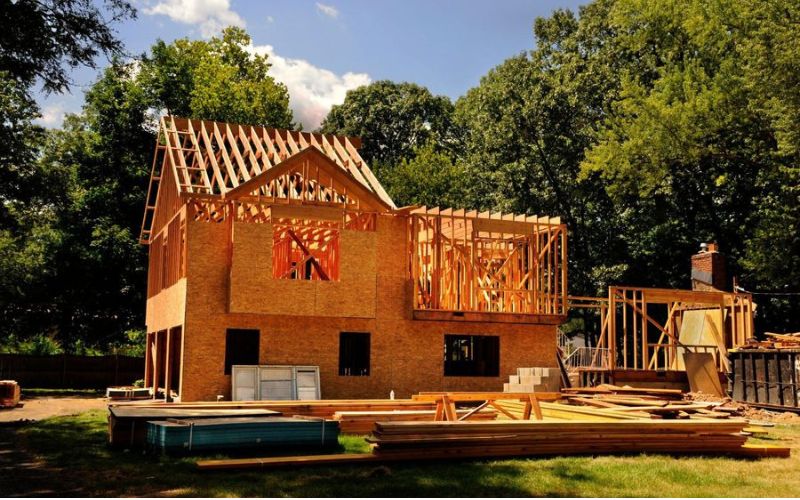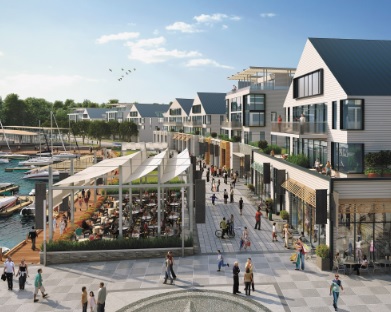Picture this: you’re sitting on a dock looking out on the lake as the sun sets, sipping on your drink. Your dream cottage sits behind you decked out with everything you need to enjoy a cozy, peaceful, and relaxing stay up north.
While many families enjoy a weekend or two throughout the year, building and owning your own cottage or waterfront property can be a great way to take advantage of these relaxing and quiet environments whenever you want!
If you’ve been thinking about having your own cozy home custom built up north in Ontario’s cottage country, there is a lot you need to consider and keep in mind as you start the building process. Here are the steps that you can take to build your own custom cottage.
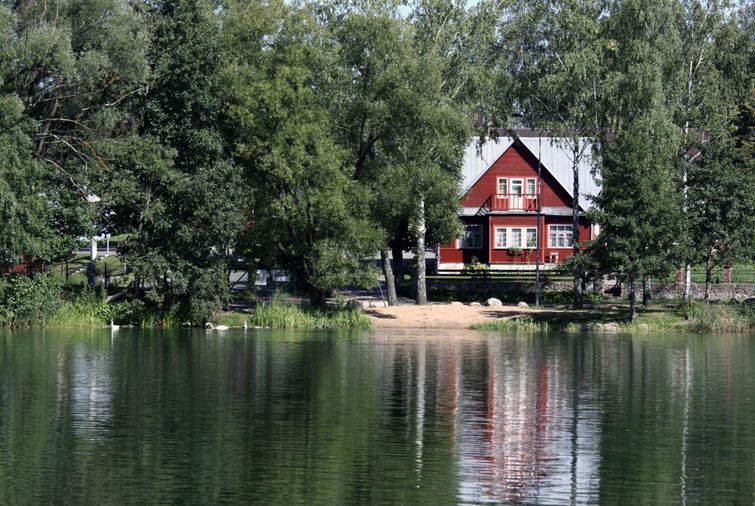
1. Brainstorming Stage
The first step in almost any process or strategy is to brainstorm. When it comes to building a cottage, it’s no different. The brainstorming and planning stage is fundamental and necessary for a successful plan.
One of the first things to consider with vacation homes is the location. Ontario has several beautiful vacation spots that are perfect for cottages, like Georgian Bay, , North Bay, Parry Sound, and Kawartha. Settling on a location will mean narrowing down what you want to get out of your vacation home.
What Do You Want From Your Cottage?
Do you want good access to it all year round or just the summer? Do you want to be on the lake? Do you want to be close to a good town or city? How far away from your permanent residence do you want to be? How much would you be willing to pay for the location? Asking these questions can help with choosing a location.
You will also want to think about the design and square footage of the cottage. Big families will likely need more space than young professionals or retirees. Also, if you plan on renting it out when you are not using it, you may consider a larger build.
Set a Budget
Another extremely important step in building a custom cottage is setting a budget before you even start digging. While building your own custom cottages can be a way to save money, it is still quite easy for costs to build.
You’ll be paying for the lot, the materials, the wages of construction builders and a good architect, utilities, cost per square foot, property tax, permits, inspections, and other interior finishes or features you want to add. These associated costs can fluctuate depending on where you’re building what happens along the way.
For example, finding a vacant property in an extremely popular part of cottage country in Southern Ontario can come at a high cost. If you want to lower costs at the beginning stages, you might consider looking for property in less popular locations or looking at lots with structures already on them.
Setting a hard budget beforehand will also help you make decisions along the way. You know what you can afford and what you can’t; where you can splurge and where you have to cut back. You should set a budget with a few thousand dollars as a buffet in case unexpected additional costs come up later down the line.
2. Purchase the property
Once you have settled on a location for the cottage, you can begin looking at properties or plots of land in the area. Cottage countries have continued to grow in popularity over the years, so the price of plots and old properties have increased as well.
Because of this, you may find that properties with structures already on the lot are a bit more affordable than a vacant lot. If you go this route, you could demolish the property and rebuild it entirely or you could keep the bones and renovate it yourself.
Average Price in Ontario’s Cottage Country
Prices on real estate in cottage country can fluctuate depending on where you buy. For example, waterfront properties in Ontario’s most popular spots will likely be quite pricey. Most cottages in cottage country will cost upwards of $500,000, depending on where you buy.
It’s recommended that potential buyers compare prices and find a building site or a great deal that fits in your budget.
However, building your own home or cottage can actually save you some money along the way. The national average cost of a custom home is around $250,000. The overall cost can increase depending on the cottage size, interior work, and other factors.
Land Survey and Permits
When you have put a down payment on a piece of land, you will need to have a land survey done. A land survey is necessary in order to avoid any legal or construction issues down the road. You can also obtain exact dimensions for your architect or construction company.
Once the land survey is completed, you’ll have a better understanding of how you can properly build a secure cottage.
You will also need to obtain a building permit before you begin the construction process on your project. A permit helps protect the interests of the owner/builder and the local community where the custom home is built.
The permit application also ensures that the structure abides by all building codes, bylaws, and other requirements.
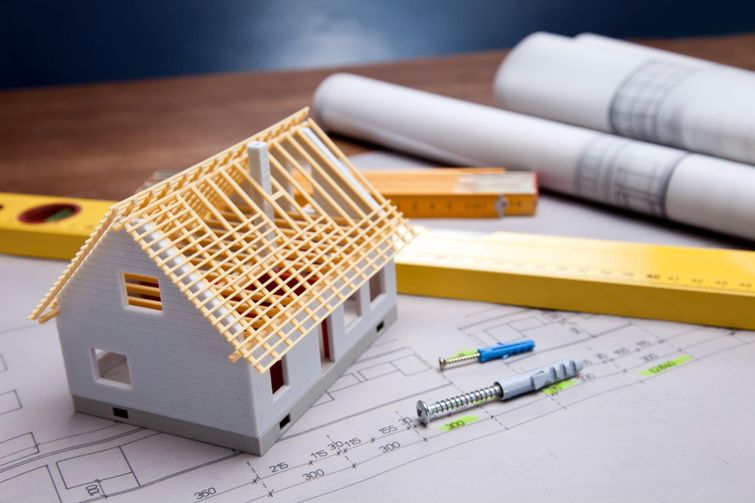
3. Design Your Custom Cottage
Designing your custom home can be the most fun and the most stressful part of the entire process. While you’re excited to make your new cottage the picture-perfect place, it can be hard to make the dream a reality. Even though you don’t need to know exactly what you want the entire home to look like, you need to look at the size of your project and plan the layout.
Two Types of Builds
Building your own homes and cottages usually falls into one of two main categories. If you want to design the entire cottage by yourself or with an architect, you’re building custom homes or cottages. The other category involves using design and layout plans that are already drafted, called modular homes.
Often, modular cottages can cost less than a custom cottage as they don’t require a hired architect and are pretty standard by design. However, they don’t allow for much personalization at the construction site.
Whatever you choose, you will have to weigh the costs and benefits in order to find the right fit for you and your house.
Hire Professionals
Is it going to be one story or two? Is it going to be raised or on the ground? Will it have a deck or a back porch? These are all things that go into the construction design process to get the finished product.
This is where an experienced builder and architect can come into play and help in the process. If designing a home isn’t something up your alley, it’s recommended that you consult professionals who can help you achieve your vision while sticking to a budget. Having professional opinions can also help manage unexpected costs that may happen along the way.
As you start designing your new home, you should also think about services and overhead/underground utilities that need to be set up. Planning for gas, heating, water, electricity, and other utilities before you start building will be extremely helpful. It will also be beneficial to know things like where a septic system will go before you start digging. Involve your builder in these steps so that they are aware of anything important as they start to dig on the construction site.
Thinking ahead will also help avoid additional and unexpected costs coming up along the way.
4. Build Away
Even if you’re not the one doing the actual building, you’ll have to be around to oversee the construction work that is done by cottage builders on your custom home or cottage. Being available to talk through layout decisions, unexpected events, and design choices will be vital.
In the beginning stages of construction, you’ll be excavating the site, laying the foundation, and setting up the exterior walls. As the cottage starts to take shape, the building professionals will set up the electricity, heat, insulation, and other utilities that are needed.
Some of the finishing touches for the cottage will include installing the flooring, painting the interiors and exteriors, and designing each room. When your cottage is complete, it’s ready for your summer holidays and winter retreats.
Helana Mulder is one of REP/CREW magazine’s content writers and has been writing with them for a few months now. Helana’s interest in real estate writing began when her father started his real estate business over 15 years ago. After graduating from university with a degree in English Writing and Communications, Helana began writing content professionally. Outside of work, Helana enjoys listening to music, playing card games with friends, and reading the latest true crime novel.


